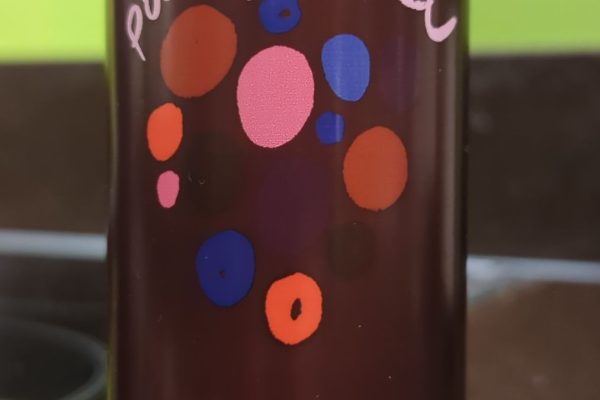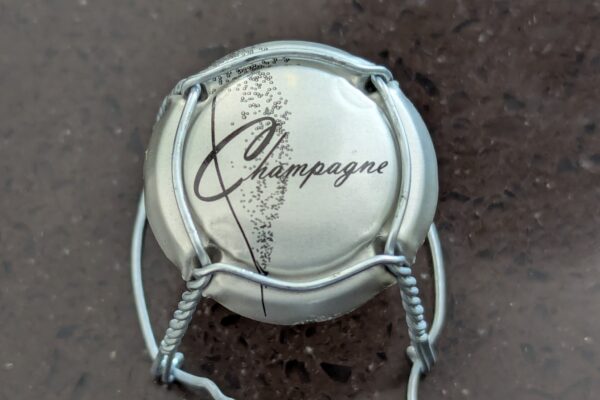
A term that denotes a wine that has suffered cork taint, which is characterised by a mouldy, musty or wet cardboard smell or taste.
This condition is not related to the bits of cork that occasionally fall into the bottle when opening. Instead, it refers to the wine being tainted by a chemical compound called 2,4,6-trichloroanisole (TCA).
TCA is a compound that forms when natural fungi, which are present in cork, come into contact with certain chlorides found in bleaches and other winery sanitation products. Even in very low concentrations, TCA can cause a wine to smell and taste musty. This spoils the flavour of the wine, making it undesirable to drink. Corked wine is not harmful or dangerous to consume, it just ruins the wine-drinking experience.
Barrels can also be a source of a musty smells but the majority of the time it is due to the cork. In IWC competitions where of the order of 20,000 bottles are opened, it’s usually the case that all corked bottles have a natural cork. In such competitions about half have cork stopper and 4.9% of these are corked.
The wine industry has yet to find a way to completely eliminate the risk of cork taint. There’s no way to tell if a wine is corked just by looking at it. The best method is to smell the wine after opening it. If it smells musty or like damp cardboard, it’s likely corked.













